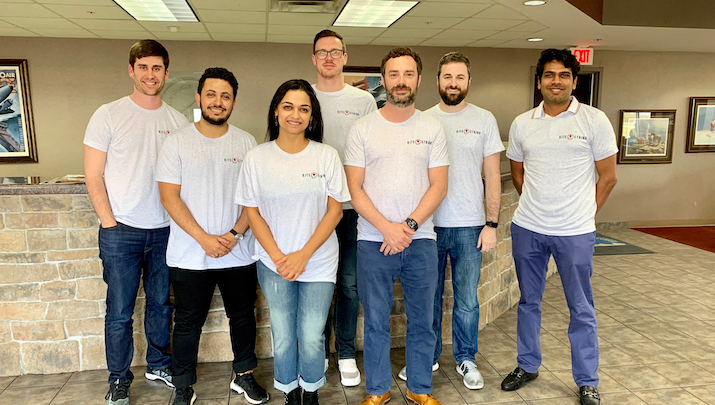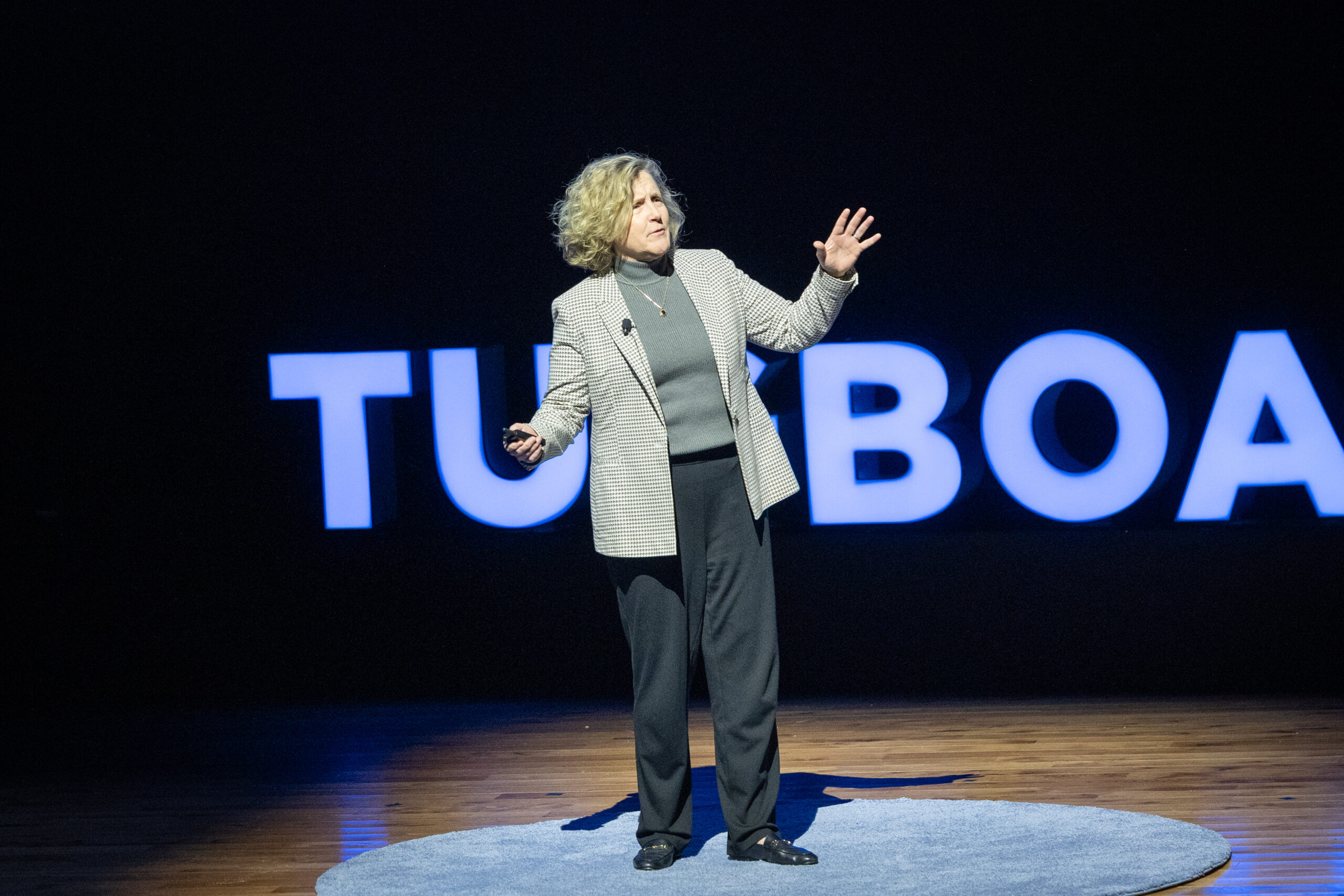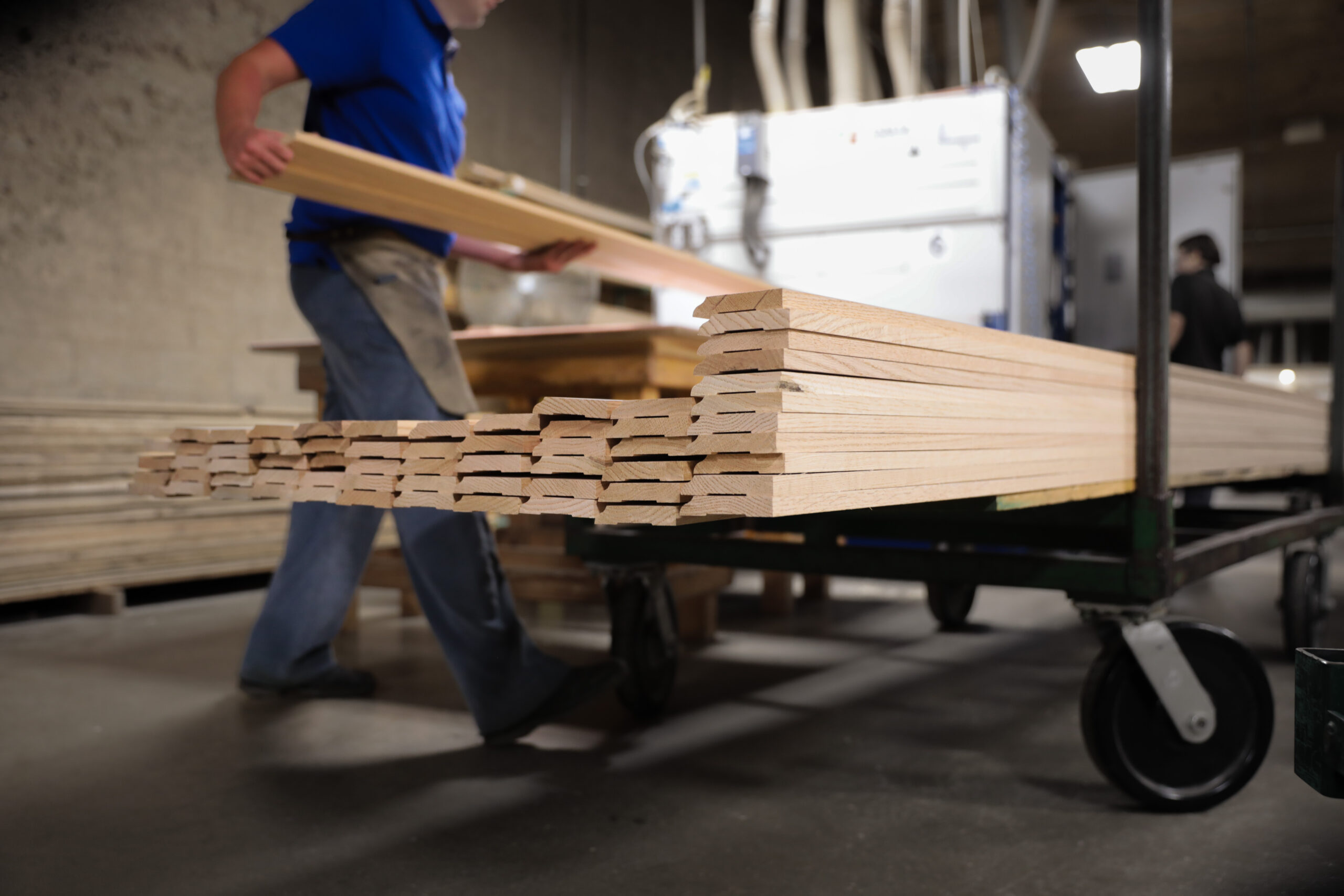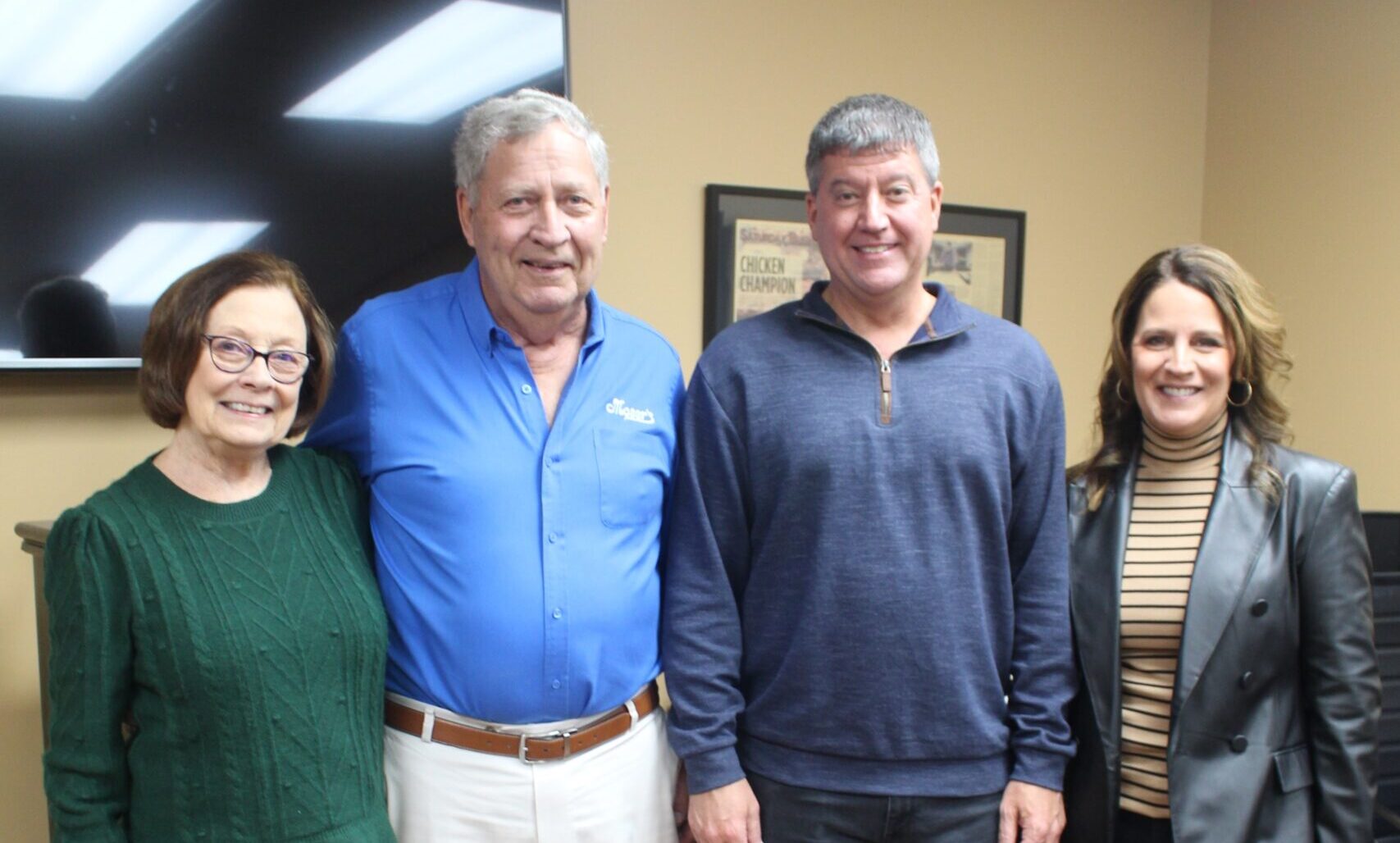

From Riding the Rails to Running an Evergreen Business
- Jared Smith
- Kitestring Technical Services
When I graduated from high school at 17, my grandmother gave me a backpack. She and I were not close, but she must have known I was ready to hit the road. Reflecting on the period of my life that followed, the gift couldn’t have been more fitting.
The winding path I would take from that point forward, which has ultimately brought me to my role as President and CEO of Kitestring, an Evergreen technology services company, has been guided by the same desire for independence, adventure, and challenge that sent me packing at 17.
I spent the two years following my high school graduation traveling around the country, hitchhiking and hopping freight trains, choosing my own adventure. I had worked 30-40 hours a week throughout high school, squeaking by with a diploma, and I couldn’t get out of town fast enough. The freedom and excitement of living on the road offered independence and challenge that I craved.
But it wasn’t an easy experience. I probably could have made better choices at times—literally everything that could have gone wrong went wrong at one time or another. From my hometown of Little Rock, Arkansas, I crisscrossed the country, traveling to California, Chicago, Seattle, and many points in between. I even ended up in Mexico for a while.
I learned a lot. When freight trains are your primary mode of transport, you have to learn to work the system. There are no timetables or customer service agents in the freight yard. If you want to get from point A to point B, you learn to navigate the trains and the people who make them run. I got to know engineers who allowed me to sit with them in the engine cabs. I soon found the shortest, most efficient routes to each of my destinations. Motivated by my desire to learn, I was able to approach and solve a lot of challenging problems in that period and refine a work ethic that kept me moving to the next intriguing stop.
At a certain point, despite the upsides, the novelty of this transient life wore thin. I was essentially a homeless kid wandering the country, often without enough food or a warm place to sleep. I was ready for a new challenge.
I had landed in Portland, Oregon at the time, and I decided to stay. Though I had been a straight-D student in high school, bored and disengaged, I had an aptitude for math and science, and I felt called to attend college. The structure of high school had not worked for me, but the independence and intrinsic motivation that created success in college fueled my interest in academic life. I began taking classes at a community college and then transferred to a local university. I committed to a heavy course load, conducted laboratory research, and maintained a 4.0 GPA, graduating with a degree in chemistry. It turns out I was actually pretty good at school.
I applied to doctoral programs and ultimately chose to pursue a PhD in Chemical Physics at The University of California, Berkeley. The years that followed allowed me to dig into my academic passions and find new challenges—and independence. As I approached the end of my studies, an academic career path seemed the obvious choice. I never imagined myself working for a large corporation, and I liked the idea of academic research and teaching.
But during my postdoctoral fellowship, I began to think about pursuing business, and specifically entrepreneurship. I saw that running my own business could offer the same independence as the academic world, and the idea of a new challenge was appealing.
Having considered business in this context, when my father approached me to join the company he had started, the idea sparked my interest. He had founded Kitestring six years before, and he was ready to think about retirement. My wife, a PhD in biophysics pursuing an academic career, and I took about a year to make the decision, ultimately taking the leap to leave the Bay Area and move to Arkansas. This would be our next adventure.
Having made the move closer to family, I stepped into Kitestring as a software engineer, with the goal of learning the ropes and writing software, which I had never done. I had to learn fast, but I loved the new challenge, and pretty soon I was serving as a tech lead and architect. After about two years on the technical side, my dad decided to retire, and I was thrown into the deep end of operations and management. In my graduate school career, I had come to realize that there are lots of ways to solve hard problems, and it turns out that running a business is one of the hardest.
At the time, we had about 20 employees and two clients. I really leaned into the management role and this new type of problem solving. I was defining the values for our company and for myself as a leader. As I learned and explored, it was clear to me that our greatest strength was our employees. Our business model and our Purpose would grow from that People First foundation.
And then, in 2013, I suffered a devastating stroke related to a heart defect with which I was born. The stroke left me unable to walk, drive, or see effectively.
That really put things in perspective. When you’re dealing with a life-threatening traumatic brain injury, work problems seem like a piece of cake. I spent the next three years continuing to run the company and working through my recovery. Good thing I enjoy solving hard problems. Learning to walk, read, type, and do so many other common tasks again was difficult, and overcoming them further honed my problem-solving skills and ability to handle a challenge.
Today, my adventure at Kitestring keeps me fully engaged and motivated to build this company for the long-term. With 130 employees and $20 million in revenue, the business continues to become more complex, and the challenges appear in new iterations daily. As we evolve, we remain grounded in serving our people: I may be the CEO, but, really, I have 130 bosses, and I’m here to make sure we succeed as a company and they succeed as individuals. My hope is that every person I hire stays with us until they retire.
So far, our low turnover rate reflects our success in creating a fulfilling, positive work environment. Key to our model, I think, is the independence we offer our people. My own strong sense of intrinsic motivation and desire for autonomy infuses my leadership style: we have implemented very thin management to allow people to be their best selves. We don’t hire smart people to tell them how to do their job—they tell us how to do their job.
The roads (and rails) I have traveled to arrive at this point in my life and my career have taken me to unexpected places and have offered innumerable challenges. But it’s solving those tough problems—navigating twists and turns, challenge and opportunity—that continues to propel me down the road ahead.
Jared Smith is the President and CEO of Kitestring Technical Services.
More Articles and Videos

Both/And Thinking: Harnessing the Positive Potential of Tensions
- Marianne Lewis
- Carl L. Linder College of Business, University of Cincinnati

Leading Through Uncertainty – Tugboat Institute® Summit 2025
- Jackie Hawkins
- Tugboat Institute

Get Evergreen insight and wisdom delivered to your inbox every week
By signing up, you understand and agree that we will store, process and manage your personal information according to our Privacy Policy




